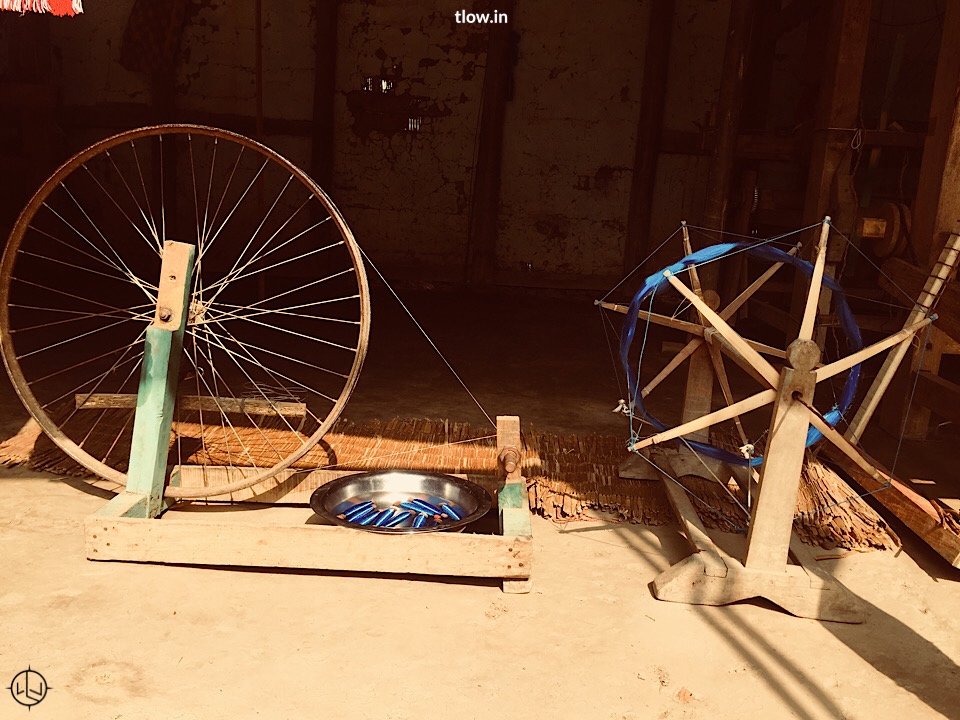
Humans of Wanderlust #21: Sarojini Oinam – Fish net maker in Thanga
Sarojini Oinam handles a fishnet making business in Thanga which is locally known as an eel in Manipuri. She had been making these eels for more than 25 years. The old art of weaving is a culture of every Meitei woman and a true legend. An example you can see in her style of making eel.
Oinam started this business of making eel with her fellow women and girls of Thanga village who have a traditional setup in their houses. All these eels get exported to different parts of the country.
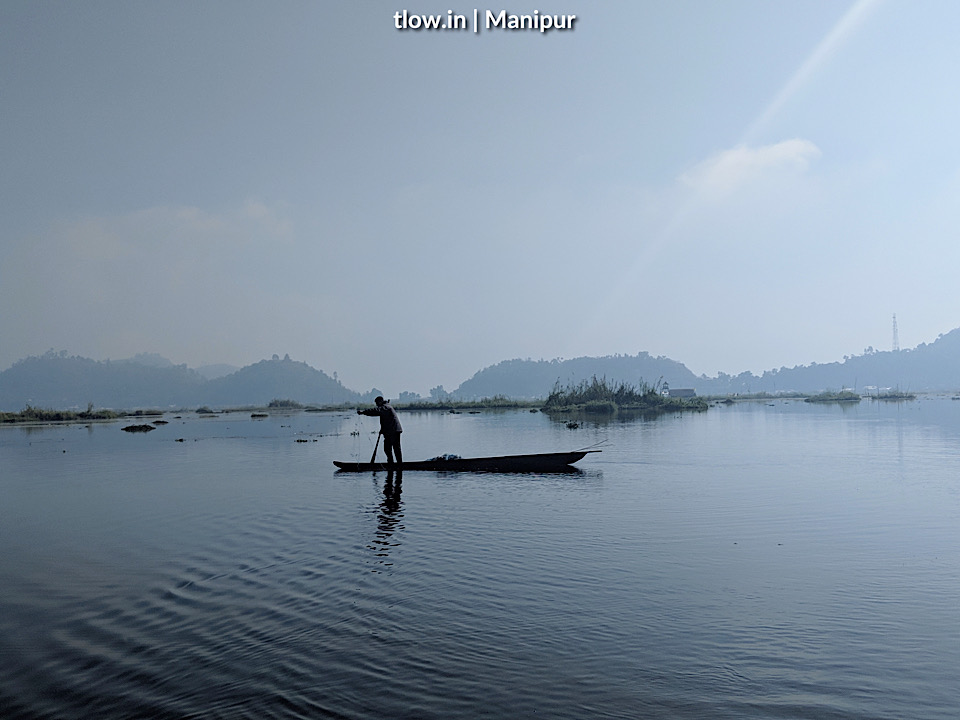
She lives in Thanga with her husband Maipakchao and has two kids. One daughter helps her mother in the fishnet making business and one son who is studying hotel management in Delhi. She has provided employment and a way of living to many families around Thanga. They all make fishnets in their houses with the traditional techniques and then Oinam sells these eels. She treats these girls and women like family.
Every Manipuri girl from a young age has the habit of weaving cloth and making it into sarees or shawls. Oinam was one of them. But instead of making sarees or shawls, she preferred to make fish nets which are called eel in Manipuri language.
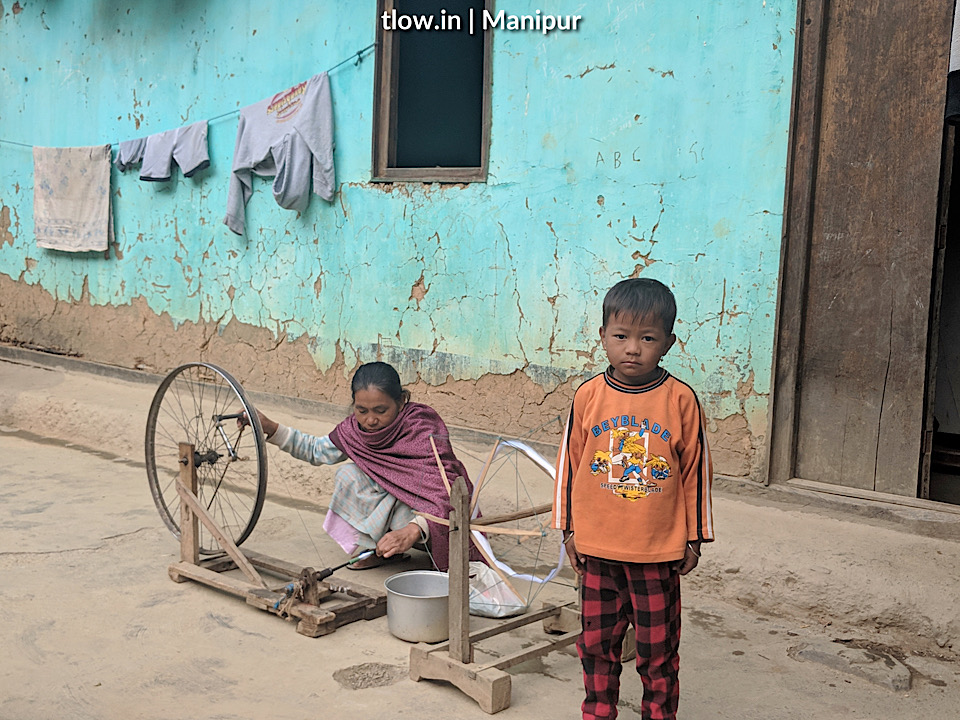
She belongs to Meitei community and has born and brought up in Thanga village only. From her younger days, she has been weaving cloth, so she mastered this old and traditional art which she learnt from her mother. Oinam started a chain around Thanga for the distribution of these eels.
When did you start this?
“I started this business 25 years ago when I saw the need for making these hand-stitched fishnets. Outside the rates of these eels were expensive. Even the quality of the nets was not that good. I was a member of the women society of Thanga. During that time, I stepped out from the society and started this business,” she said.
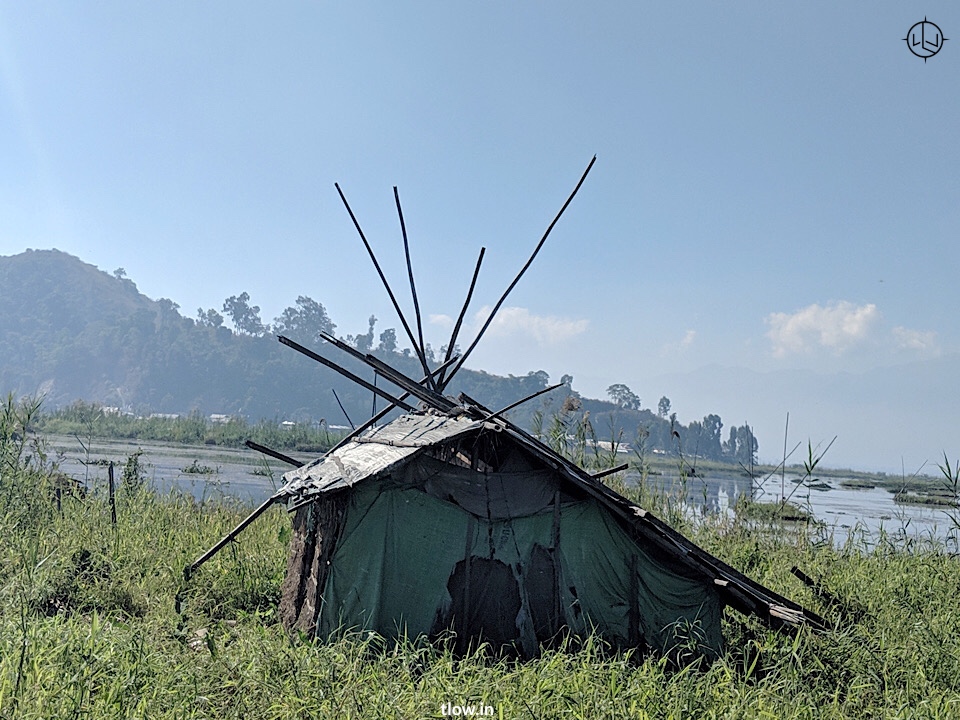
Oinam
saw the fishermen of Loktak losing crucial time in buying these nets, so she decided to start a business. She explained, “The idea was that we will make the fishnet for catching fish and sell it to the Manipur states as well as neighbouring states. Now the type of fishnet that we sell, holds a unique position and a different name in the market known as ‘Manipuri’s Loktak eels’. People from different parts of the country come and buy these nets to do their business of catching fish.”
Initially, they were a few ladies working to make nets. Now more than 50 families are involved in this business. “The women have a machine set up in their house and I give them the material and they deliver the final product to me. The technique we use is purely mechanical, no help is needed,” she said.
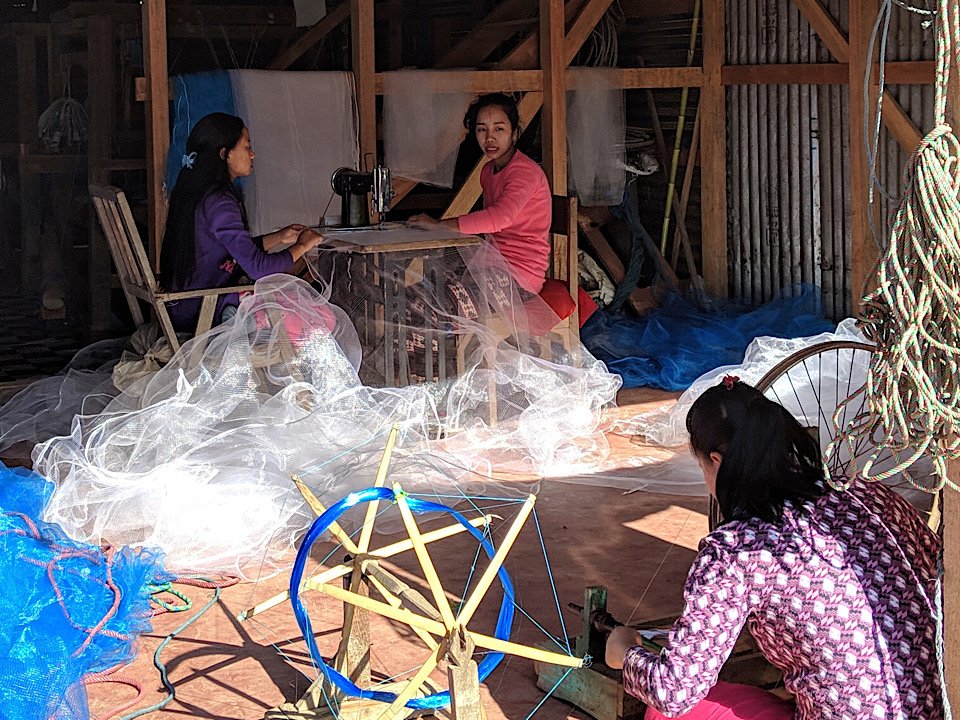
A few years back, her husband made an electronic machine where they can stitch the nets faster but due to the complexity, only she and my husband know to use that. “This machine saves time but also needs a lot of focus to make the net. One mistake and the whole net is spoilt that’s why I only handle this machine. Usually, if you go around the village you can hear the sound of the traditional machine from every house,” she said with pride.
What kind of sellers and from which part of the country do you get for your business?
“Most people from South India come to this side to buy fishing nets. We make the fishing net as per customised order as well. Usually the longest fishing net is 45 to 50 feet. We use synthetic material to make the fishing nets so that it can be lighter and strong enough to catch bigger fish as well,” she said.
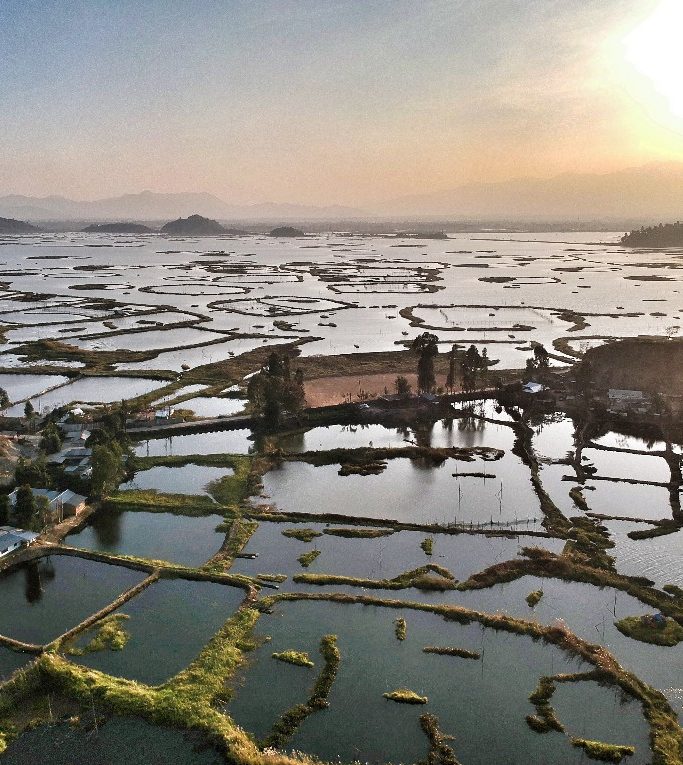
People from different parts of the Northeast also visit this place to buy eels of Loktak and they even try to see the techniques to make such nets. But it’s difficult and cannot be copied just by seeing, Oinam feels. “From the older times, Thanga tribals are known for their different and unique techniques to catch fish. So the ideology helped us to make a better solution for catching fish,” she said with a lot of joy.
How many nets do you usually make in a day?
“It all depends on the size of the fishing net. Usually I make 3 – 4 nets, around 30 feet, which is a common size usually that fishermen prefer. We also accept customized orders for the fishing net.
If a fisherman wants a bigger and broader net, he can tell us. That takes time,” Oinam said.
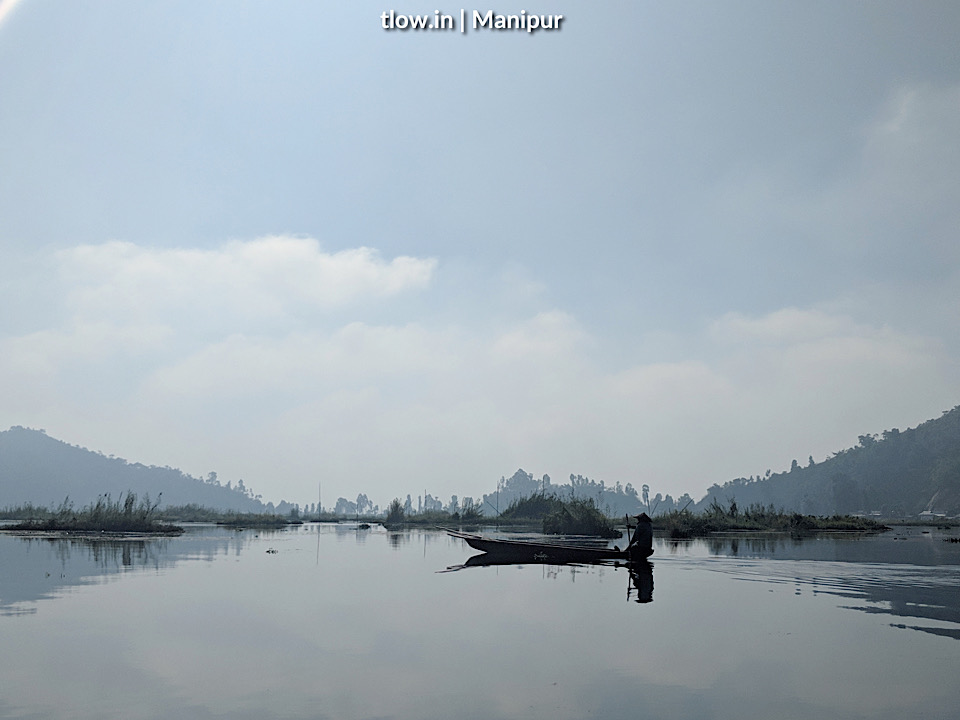
Usually for one fishing net, it takes two to three hours to stitch and pack. “We have a chain of communication in such a way that if the fisherman wants it fast, then we provide the order on the same day itself. Thanga women are very hardworking and skilled so that makes it easier for us to daily sell and distribute,” she explained.
How old is this art of fishing net making?
“It is a very old and traditional art of the Meitei community. Initially, we used to weave the cloths and then handlooms. With the modernization, we even upgraded our art in making fishing net. The technique in weaving of cloth and weaving of fishing nets have some similarities as well as differences. Majorly women weave cloth and men do the weaving of fishing nets. But who will go and catch fish, if men will weave the nets?”
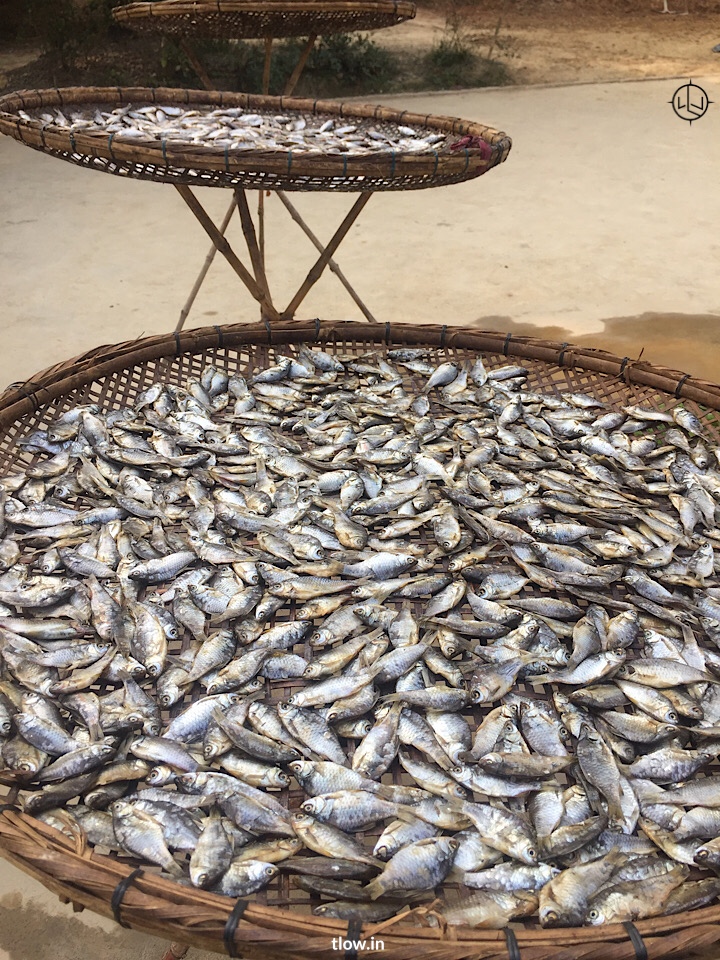
She explained that is where the role of women in weaving comes. The art of fish net making started from Thanga village only. The fishing net are sold in the neighbouring states like Assam.
What kind of sellers and from which part of the country do you get for your business?
“Most people from South India come to this side to buy fishing nets. We make the fishing net as per customised order as well. Usually, the longest fishing net is 45 to 50 feet. We use synthetic material to make the fishing nets so that it can be lighter and strong enough to catch bigger fish as well,” she said.
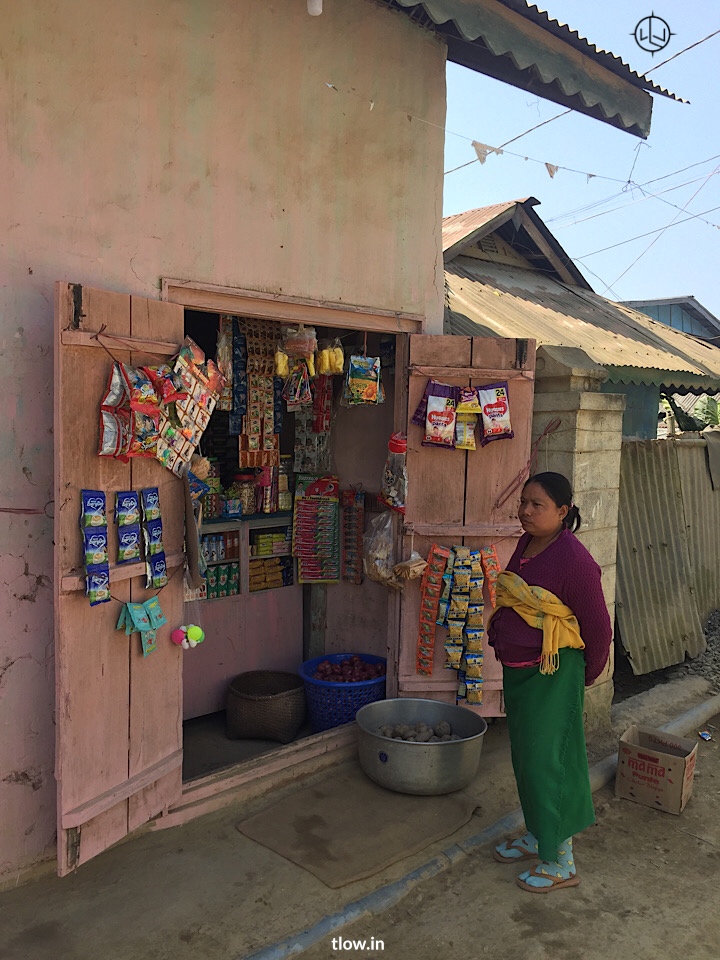
People from different parts of the Northeast also visit this place to buy eels of Loktak and they even try to see the techniques to make such nets. But it’s difficult and cannot be copied just by seeing, Oinam feels. “From the older times, Thanga tribals are known for their different and unique techniques to catch fish. So the idealogy helped us to make a better solution for catching fish,” she said with a lot of joy.
How many nets do you usually make in a day?
“It all depends on the size of the fishing net. Usually, I make 3 – 4 nets, around 30 feet, which is a common size usually that fishermen prefer. We also accept customized orders for the fishing net.
If a fisherman wants a bigger and broader net, he can tell us. That takes time,” Oinam said.
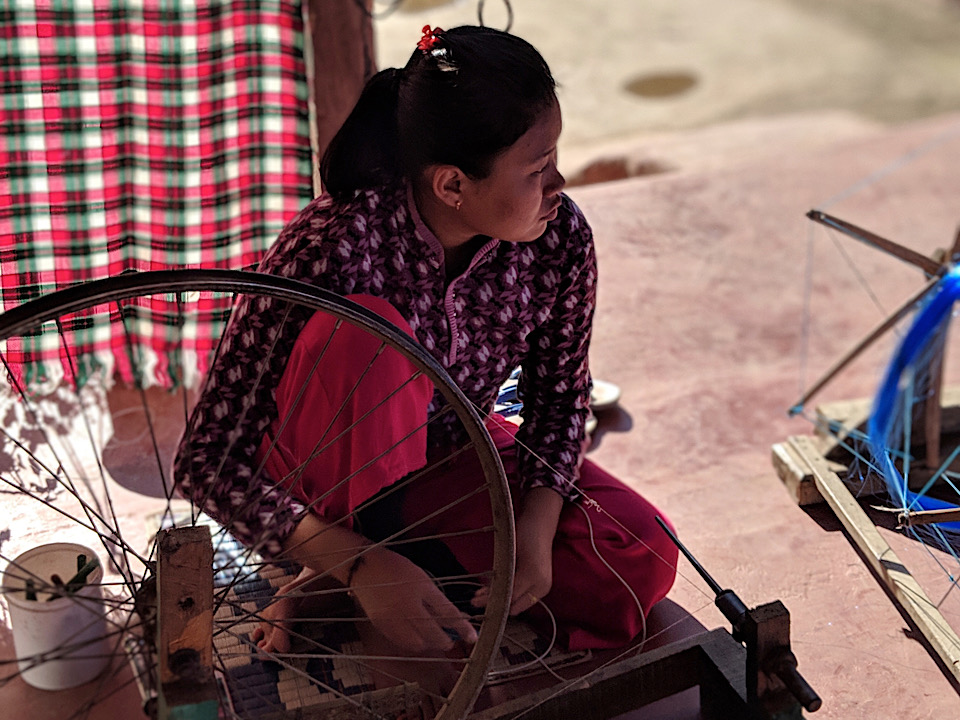
Usually, for one fishing net, it takes two to three hours to stitch and pack. “We have a chain of communication in such a way that if the fisherman wants it fast, then we provide the order on the same day itself. Thanga women are very hardworking and skilled so that makes it easier for us to daily sell and distribute,” she explained.
How old is this art of fishing net making?
“It is a very old and traditional art of the Meitei community. Initially, we used to weave the cloths and then handlooms. With the modernization, we even upgraded our art in making a fishing net. The technique in the weaving of cloth and weaving of fishing nets have some similarities as well as differences. Majorly women weave cloth and men do the weaving of fishing nets. But who will go and catch fish, if men will weave the nets?”
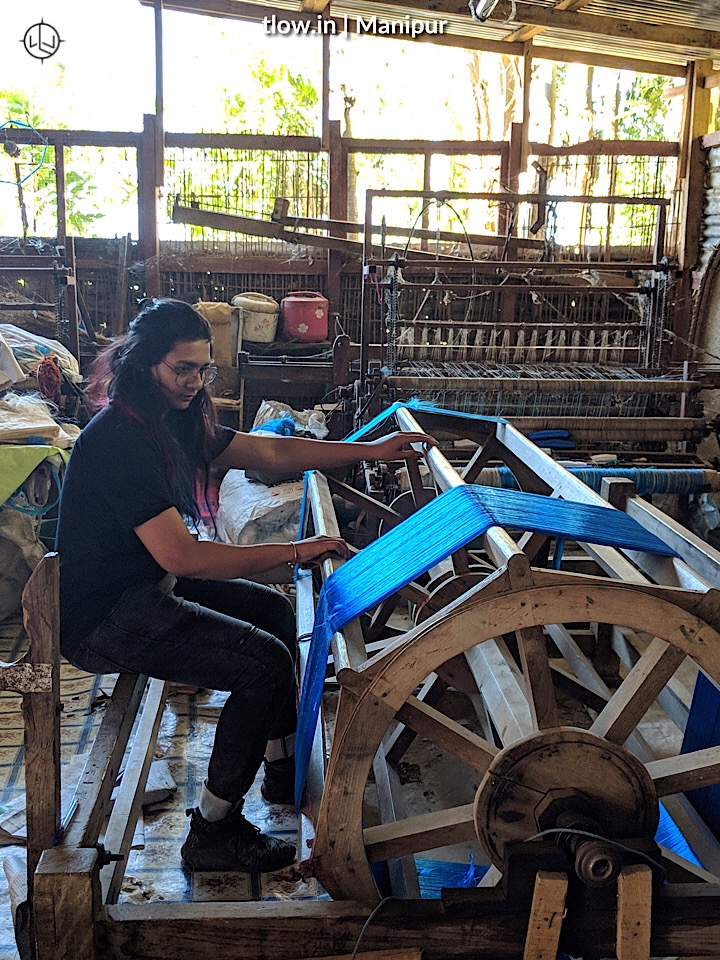
She explained that is where the role of women in weaving comes. The art of fishnet making started in Thanga village only. The fishing net is sold in the neighbouring states like Assam.
Who all work with you?
“I mostly have the help of neighbourhood girls and women. In their younger age, they come and learn. They grow and then get married and later on they start the weaving production from their husband’s house only. Then again new young girls come. That’s how the chain has become. Many of my girls who are married now have setups in their houses to make fishing nets. They make and deliver it to me. The girls who are working with me right now has been with me for more than seven years,” she said.

The girls who work for Oinam, finish their daily school schedule and then come here and work which gives them money to support their families. It helps their mother and father for their studies as well as future aspects.
“I got an offer from many bigger firms to join ventures with them, but I denied as this art is local and authentic and we have to keep it alive,” she signed off.
–>For a similar experience, >>Click here
–>To plan a trip to North-East India, >>Click here












Nice to hear how the locals live their life in Manipur.
If fishing is an art then the ones who make the nets are the real artist.
Im trying to figure out how to subscribe to the RSS feeds, but dont seem to figure it out. Some help would be great Thank you